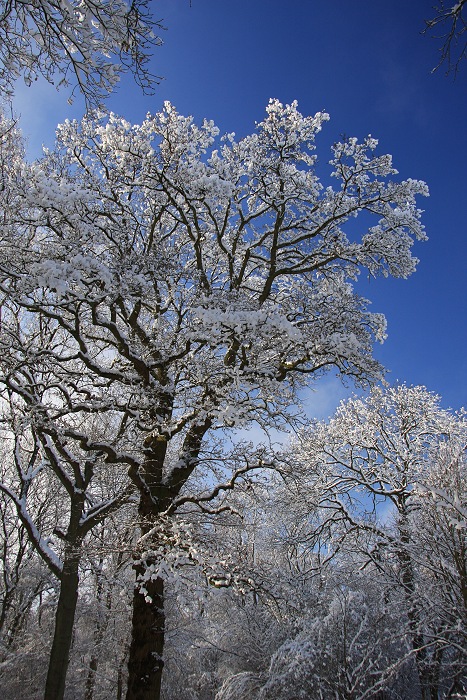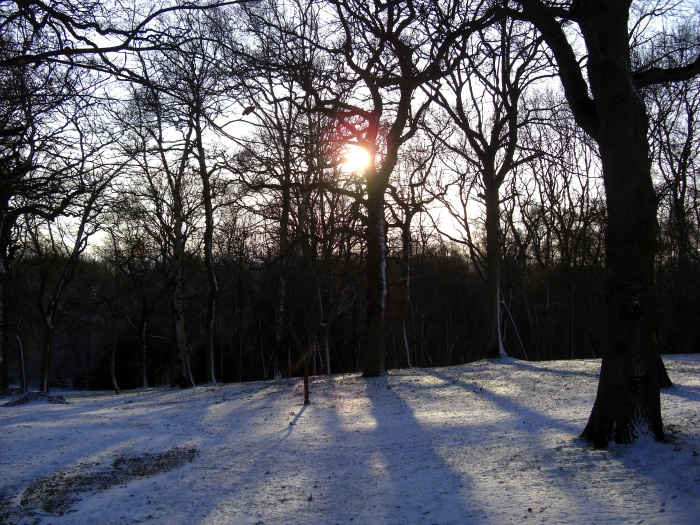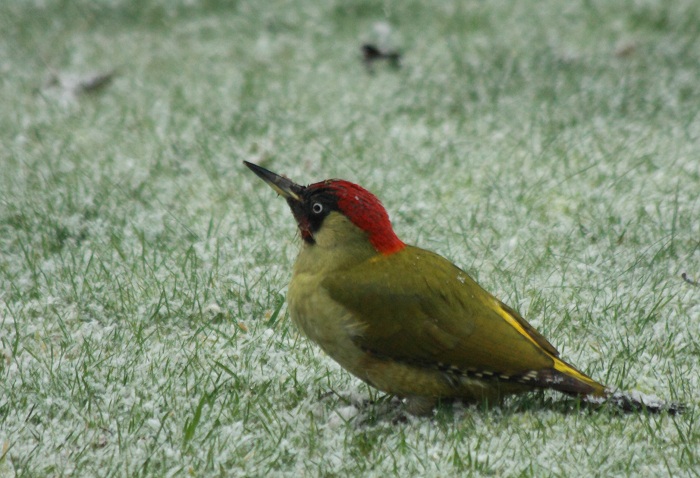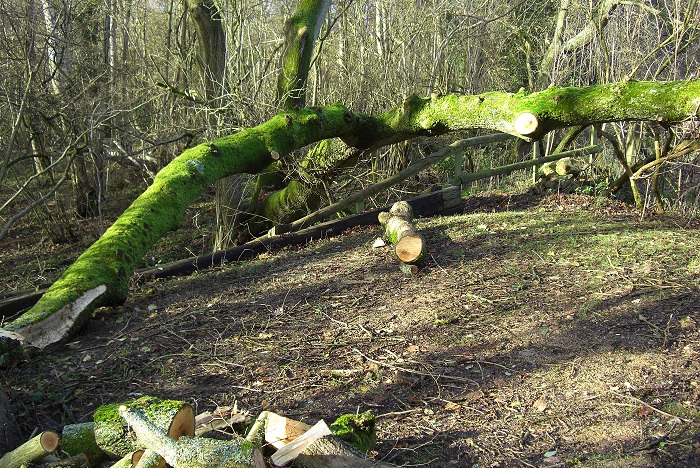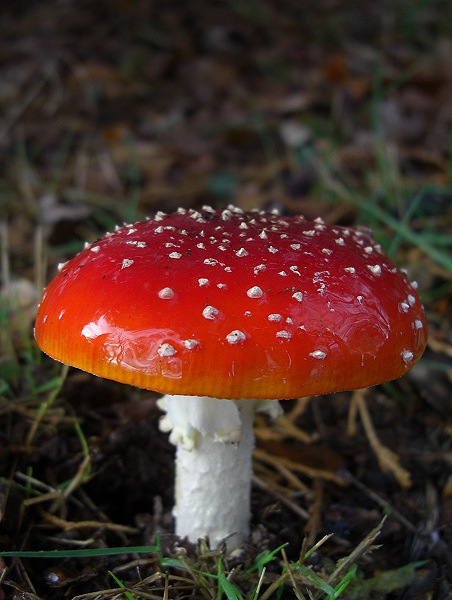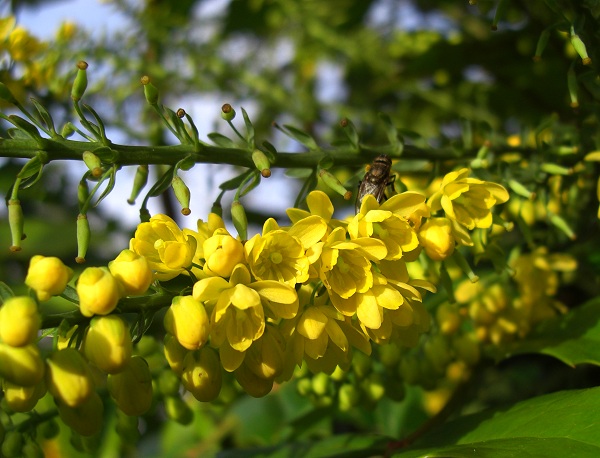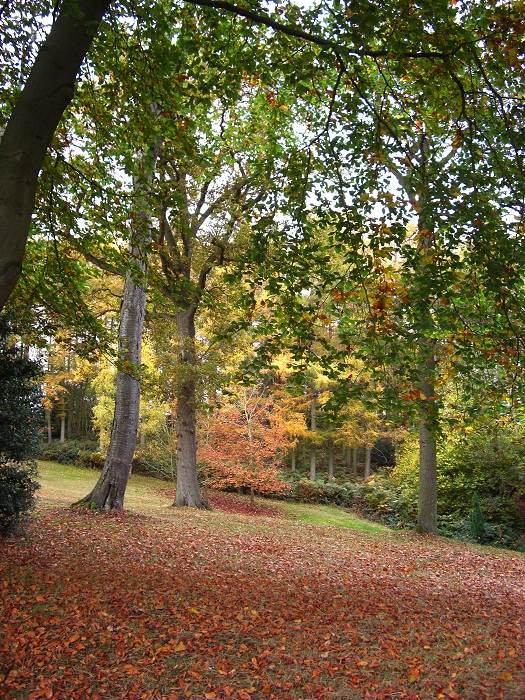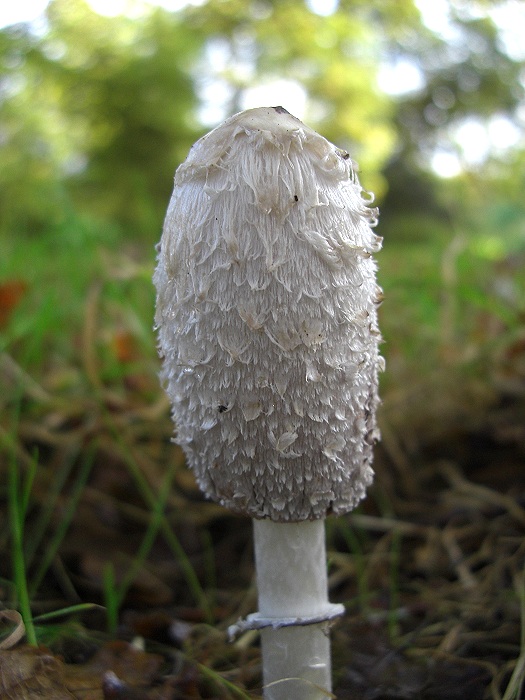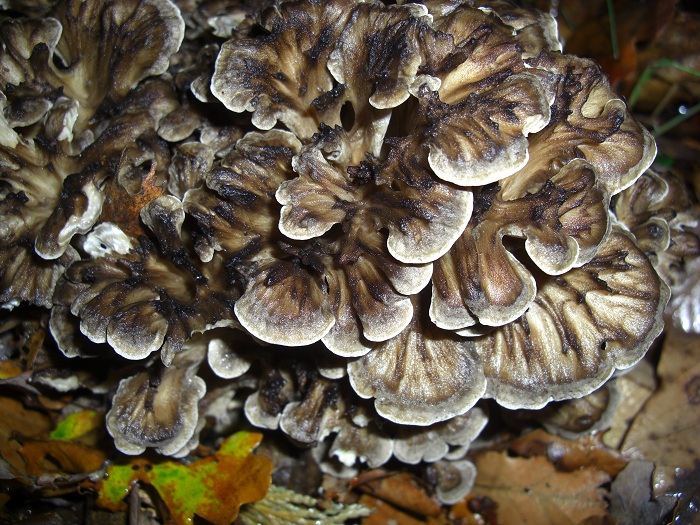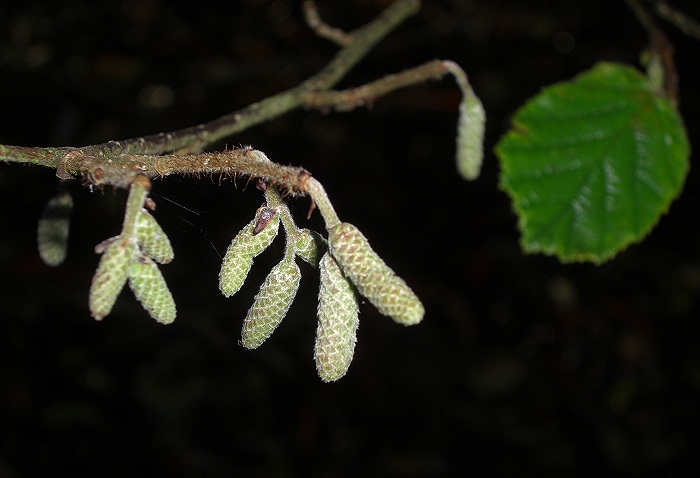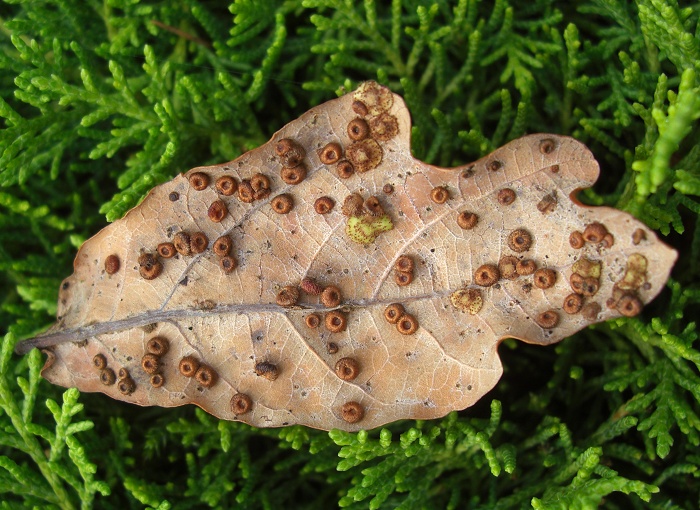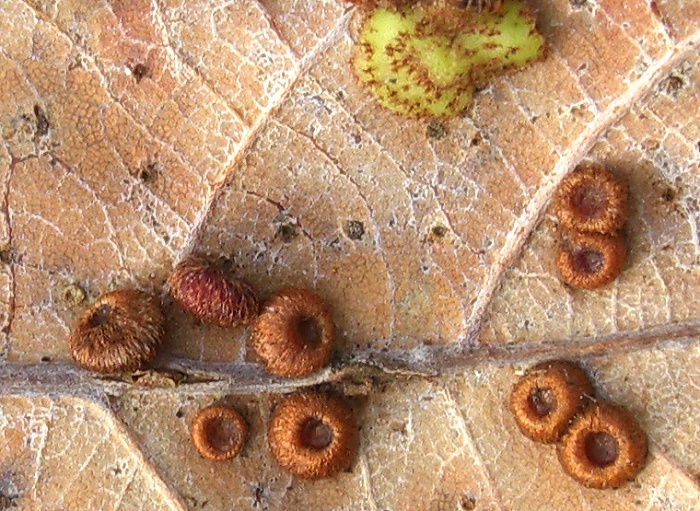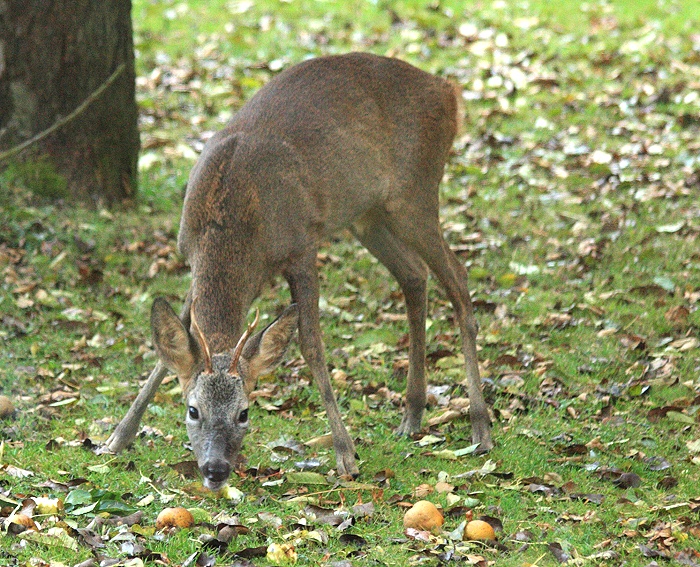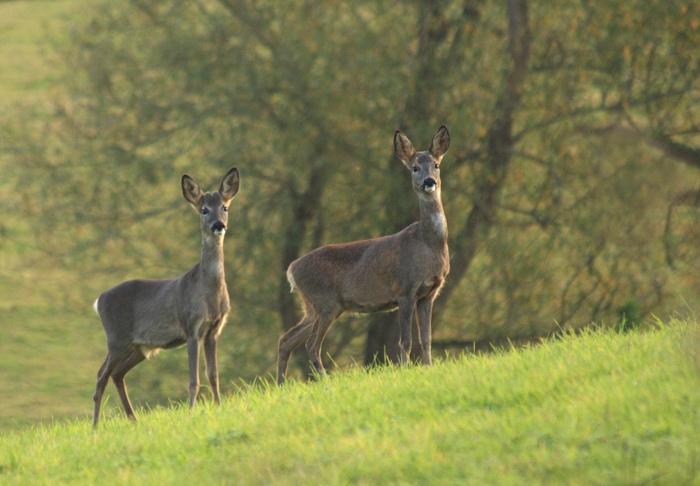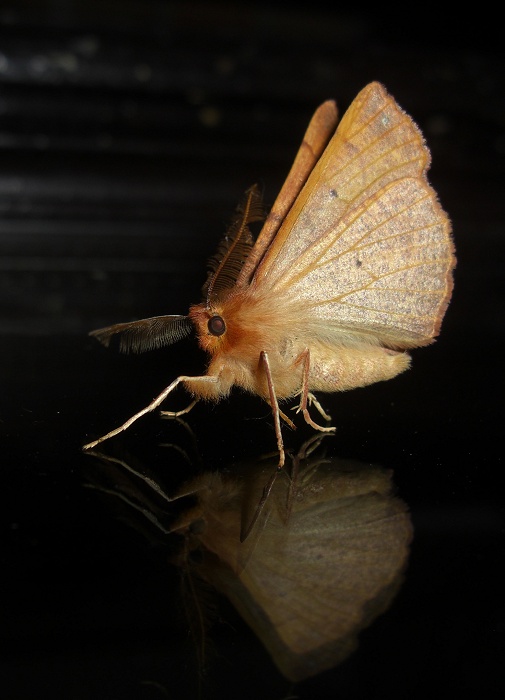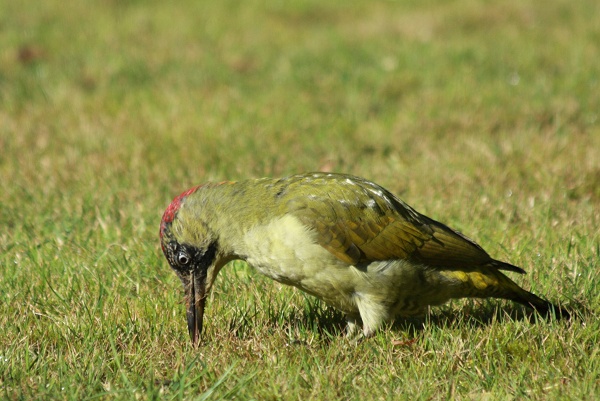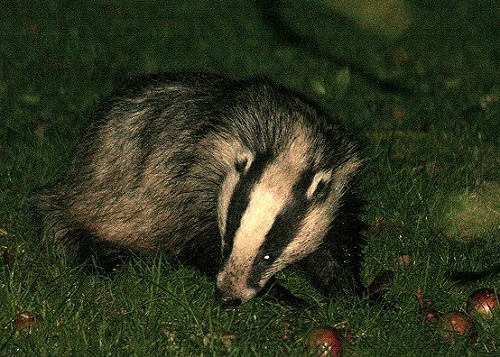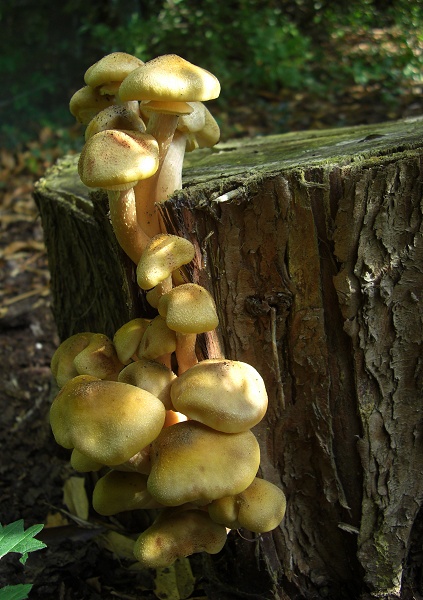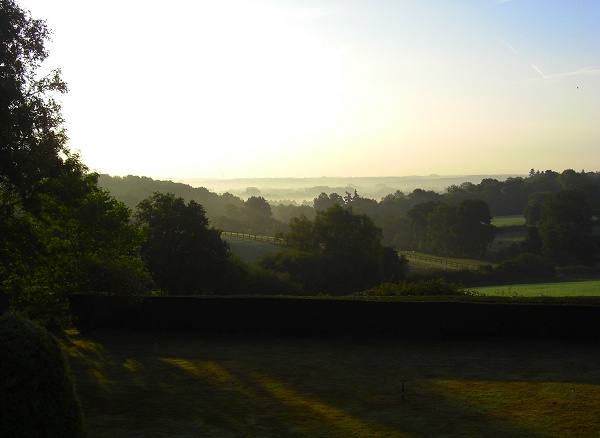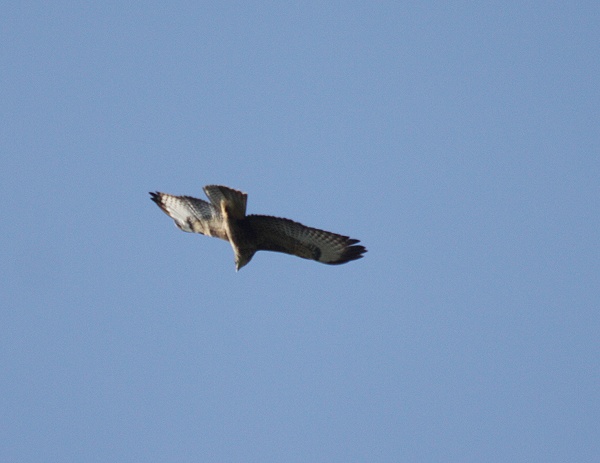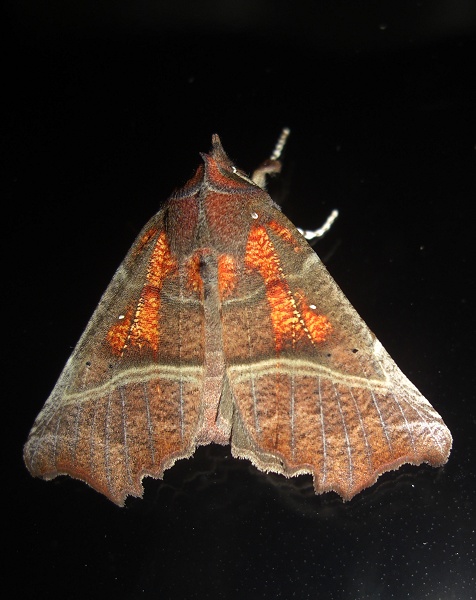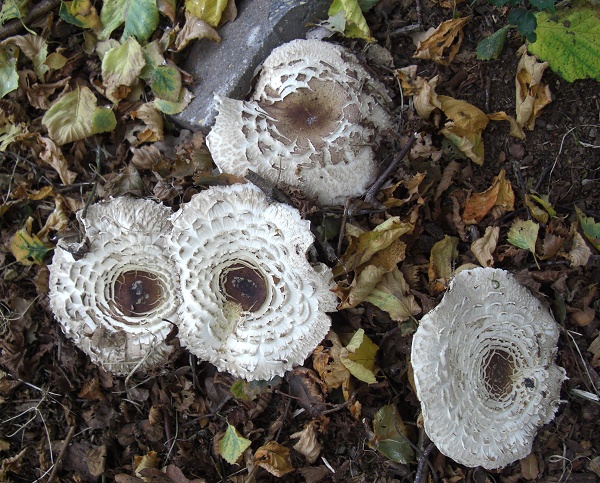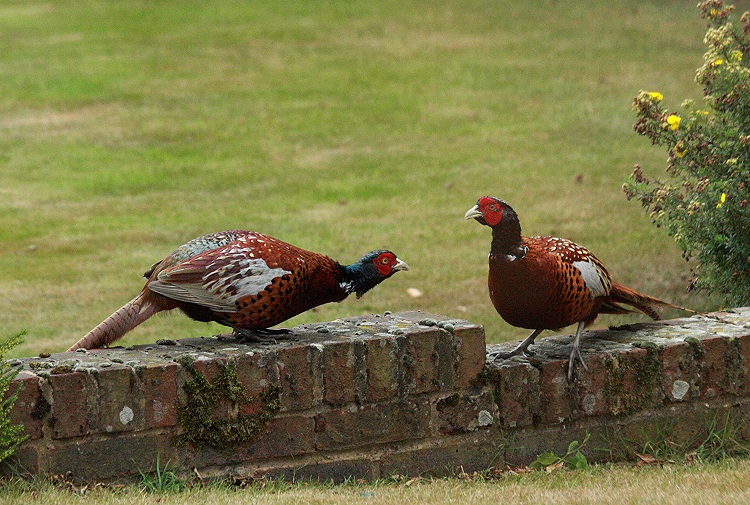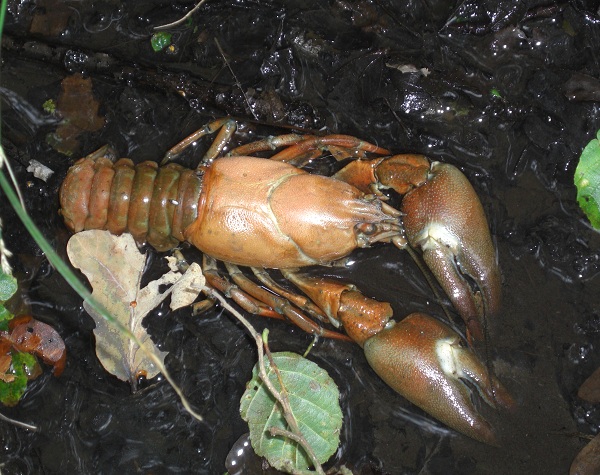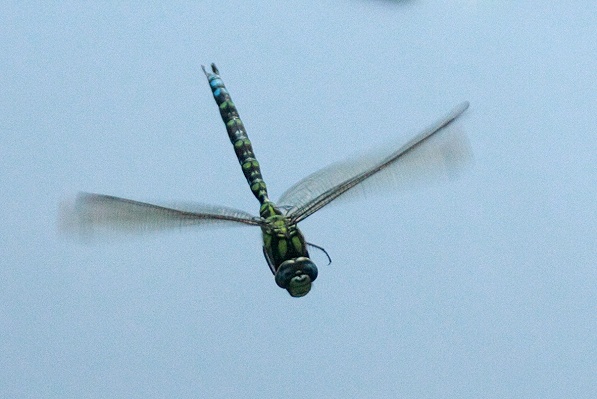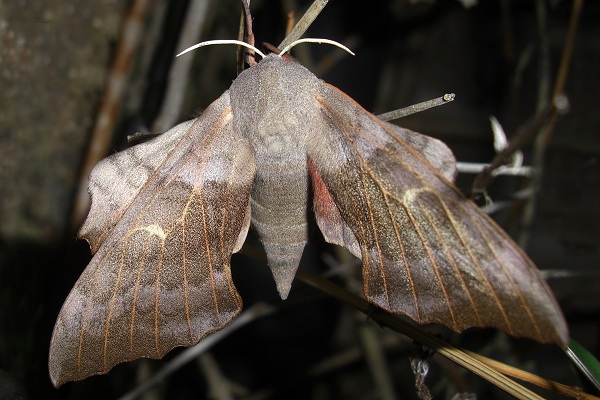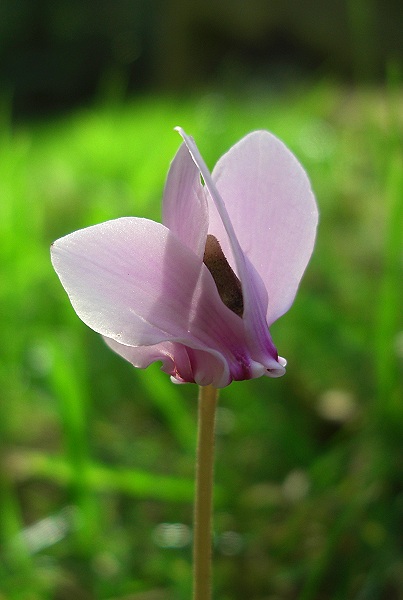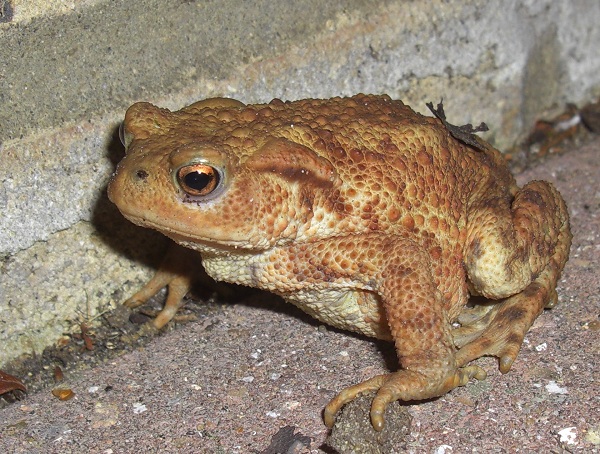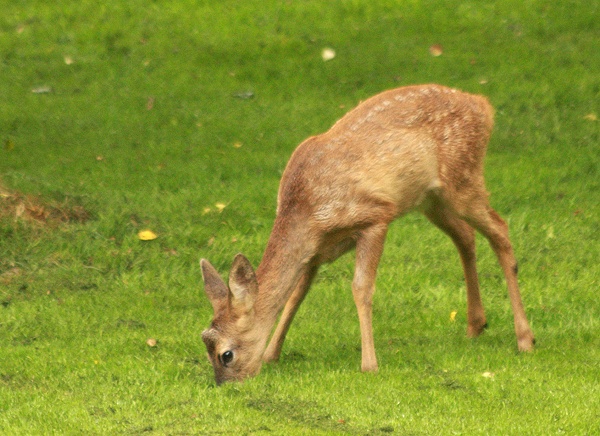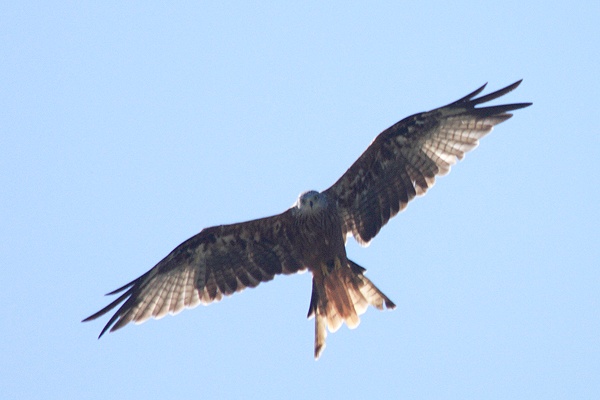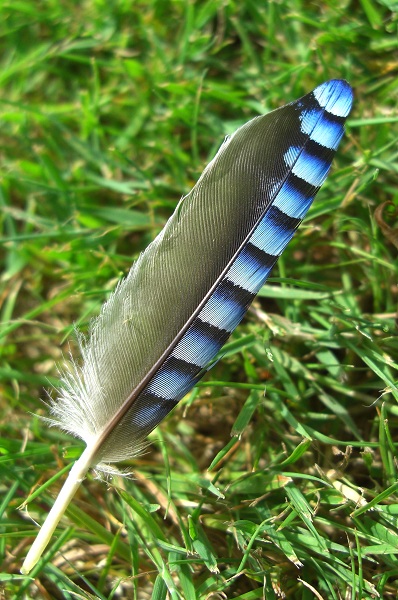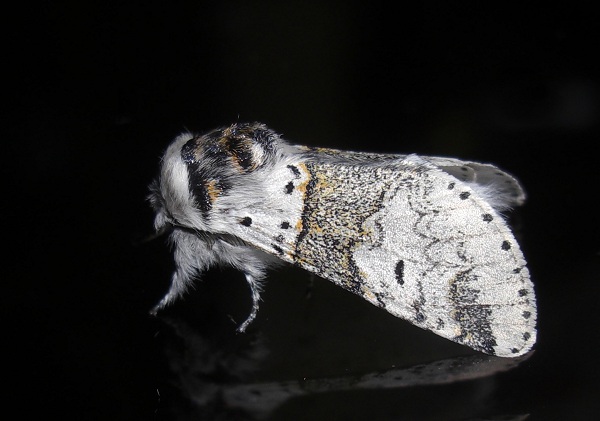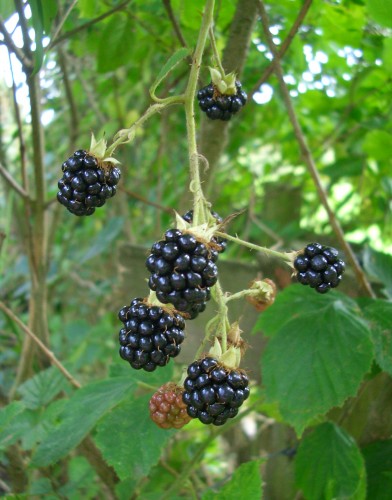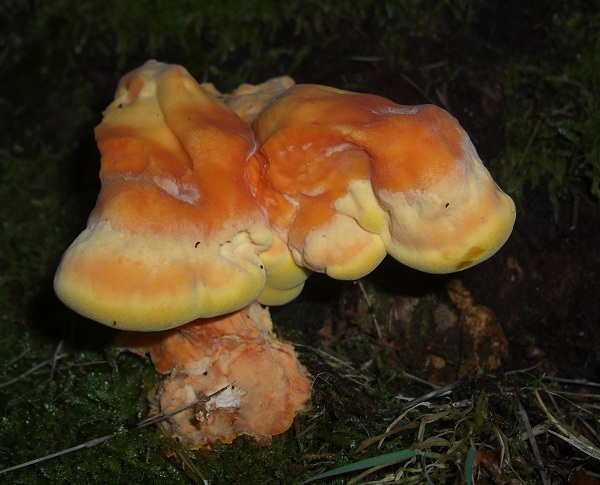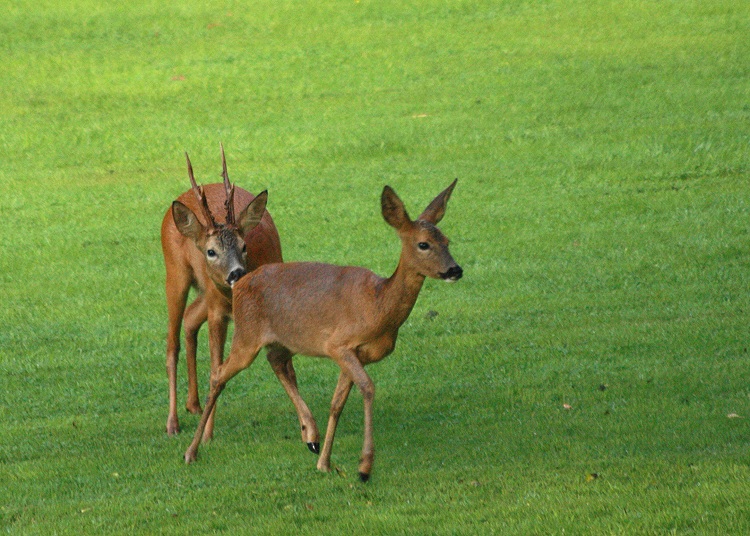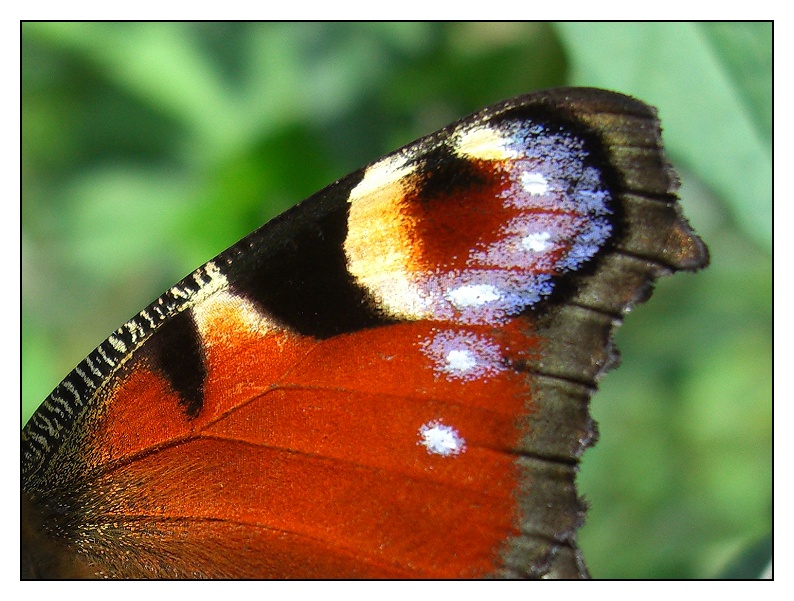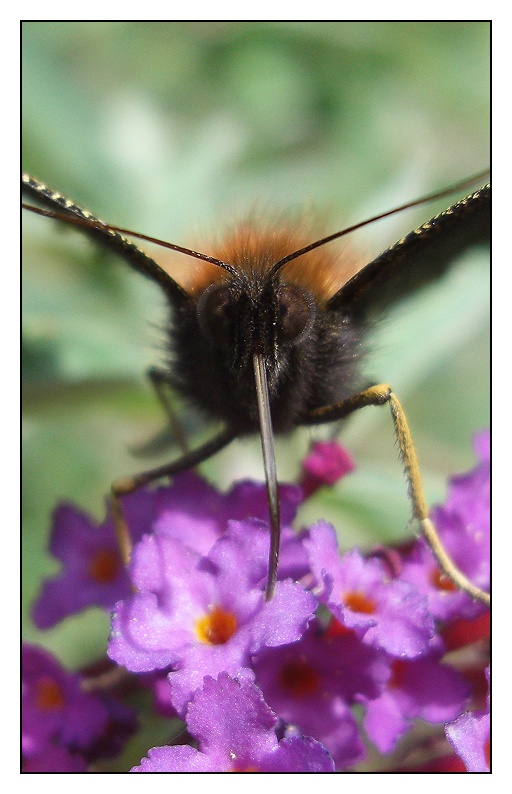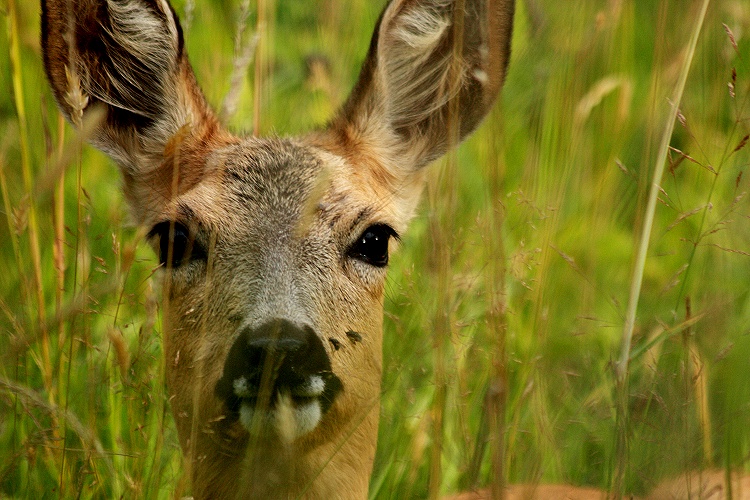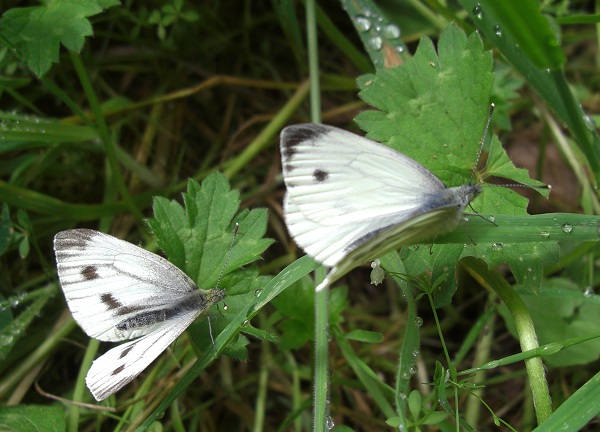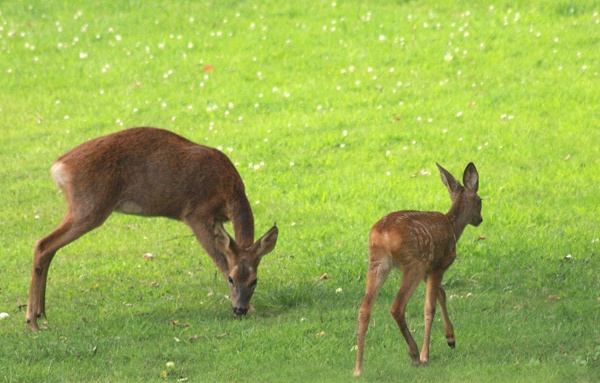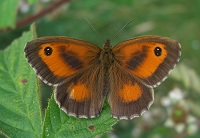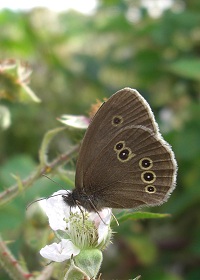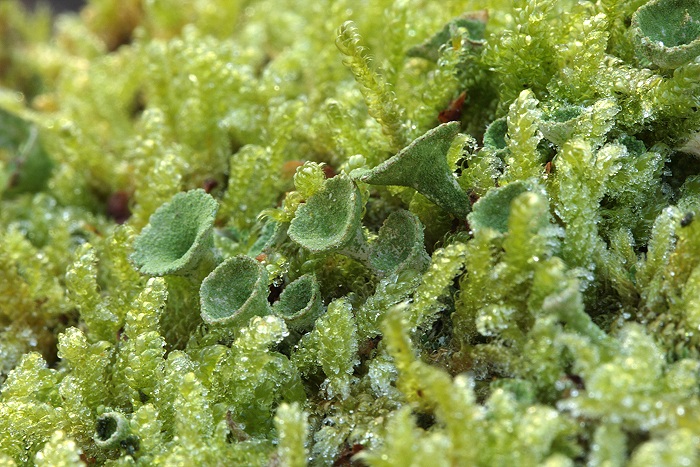 The snow has finally disappeared, but the weather remains cold and miserable. During one of the sunny interludes this week, I had a good look around the garden and noticed that the tree that came down a few weeks ago is covered in lots of mosses and lichens. I don't know much about either, so perhaps one of my tasks for 2010 is to find out more!
The snow has finally disappeared, but the weather remains cold and miserable. During one of the sunny interludes this week, I had a good look around the garden and noticed that the tree that came down a few weeks ago is covered in lots of mosses and lichens. I don't know much about either, so perhaps one of my tasks for 2010 is to find out more!This cup lichen nestling among the frosty moss is probably Cladonia sp. I won't hazard as guess as to exactly which one. Lichens are amazing organisms which come in all shapes and sizes and which are very easy to overlook. These cups are tiny, just a few millimetres across.
Also, this week I spotted a new baby muntjac. It was alone without its mother, but I suspect she was somewhere close by. Muntjacs breed all year round and have a gestation period of 7 months. The females usually become pregnant again very quickly after giving birth, so it is possible that this is a sibling of the fawn I mentioned back in May. Sadly, there was no possibility of a photo of it this week. The weather was too dull and overcast.
Here's to a happy and healthy 2010 and hoping for lots of interesting flora and fauna in the new decade!

